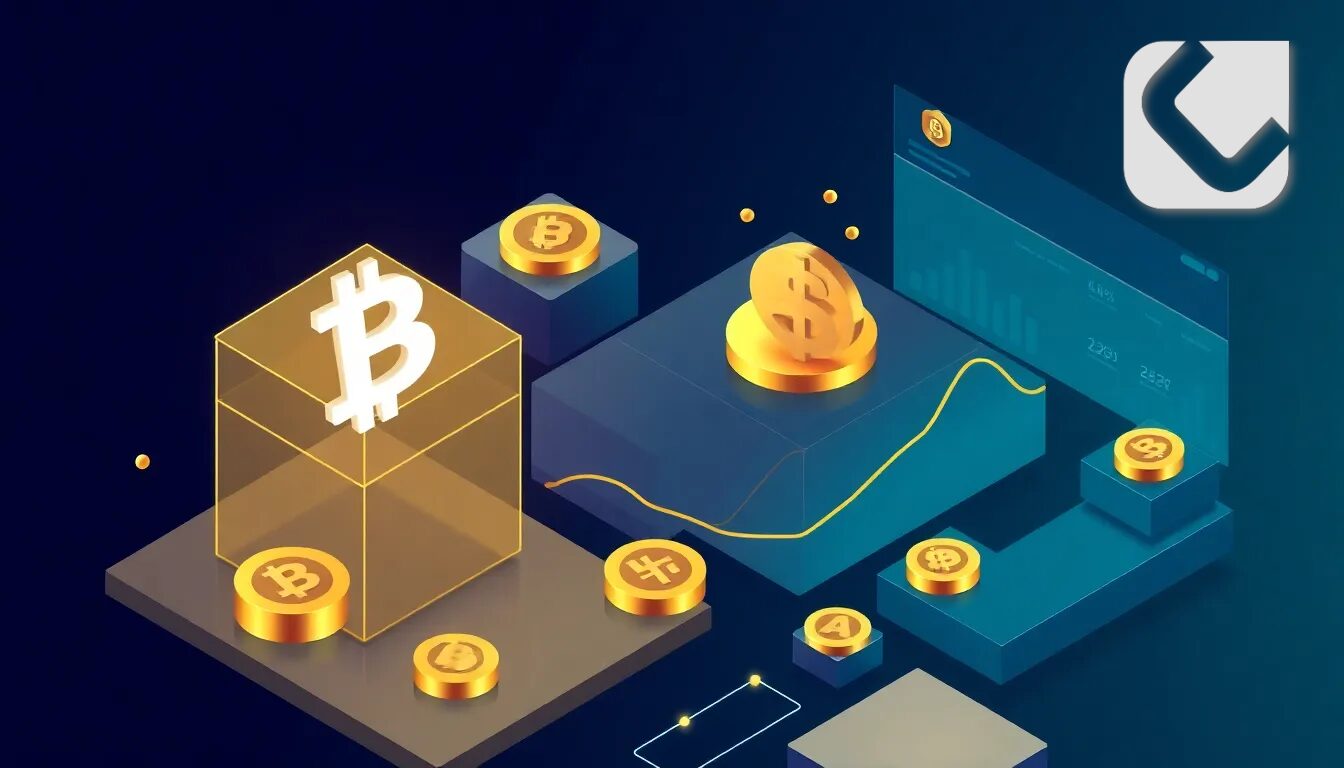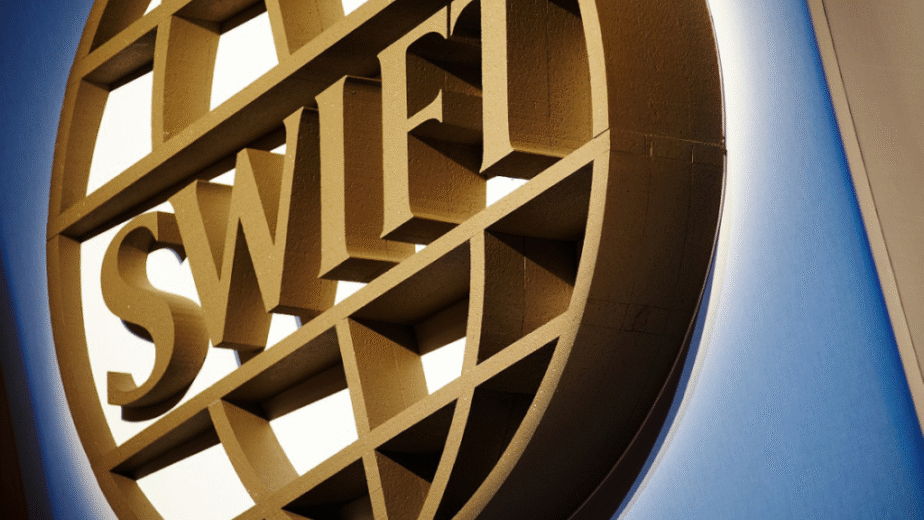Blockchain Heads for the Mainstream: Why Tokenization of Assets Could Power 10% of Global GDP by 2027

Blockchain Heads for the Mainstream: Why Tokenization of Assets Could Power 10% of Global GDP by 2027
At a private wealth forum in Zurich earlier this year, a family office manager leaned across the table and asked me, half-joking, “Should I tokenize my vineyard in Bordeaux or just NFT the label?” We both laughed, but beneath the jest was a serious question echoing across boardrooms, regulatory agencies, and asset management firms alike: is tokenization the future of asset ownership—and are we ready for it?
The answer, increasingly, is yes. As we approach 2027, institutional momentum has shifted. Blockchain technology, once the domain of crypto-anarchists and code-savvy dreamers, is now lining up to power nearly 10% of global GDP, according to projections from multiple financial trend reports. That’s an estimated $10 trillion in tokenized assets—from real estate and art to debt instruments and carbon credits.
But what does it actually mean when “Blockchain heads for the mainstream (tokenization of assets, 10% of global GDP by 2027)”? How does it work in practice, and more critically, what are the implications for compliance officers, financial institutions, and high-net-worth individuals aiming to position themselves ahead of the curve?
The Tokenization Tsunami: What’s Happening and Why It Matters
Tokenization refers to the process of converting ownership rights in a real-world asset into a digital token on a blockchain. Think of it as a digital wrapper for a slice of something tangible—be it prime London real estate, a Picasso sketch, or shares in a private company.
Unlike traditional securitization, tokenization promises fractional ownership, 24/7 global access, programmable compliance, and near-instant settlement. It’s not just about efficiency—it’s about reimagining how assets are accessed, traded, and regulated.
The World Economic Forum first floated the “10% of global GDP on blockchain by 2027” projection in 2019. It sounded punchy at the time. Today, with tokenized treasuries issued by major asset managers, central banks running pilots on wholesale CBDCs, and platforms like BlackRock’s Aladdin exploring digital assets end-to-end, that prediction looks conservative.
Tokenization in Action: Real-World Use Cases
- Real Estate: In 2024, a €200 million luxury property portfolio in Monaco was tokenized and sold to international investors via smart contracts, reducing fees by over 40% and opening access to buyers from 11 countries.
- Government Bonds: Hong Kong’s Monetary Authority issued tokenized green bonds worth $102 million, settling in T+0 via blockchain rather than the legacy T+2 framework.
- Private Equity: KKR tokenized a slice of its Health Care Strategic Growth Fund on the Avalanche blockchain, creating liquidity for an asset class previously trapped behind five-year lockups.
How Does Tokenization Work?
Let’s break down how “Blockchain heads for the mainstream (tokenization of assets, 10% of global GDP by 2027)” works in practical terms.
Step-by-Step Process:
- Asset Identification: A tangible or intangible asset is selected for tokenization—property, commodities, equities, etc.
- Legal Structuring: Ownership rights are legally transferred to a Special Purpose Vehicle (SPV) or trust that can issue tokens.
- Token Issuance: The SPV issues tokens representing fractional ownership, which are recorded on a blockchain.
- Smart Contracts: Embedded rules define how tokens can be transferred, e.g., KYC/AML restrictions, geographic boundaries, or dividend payments.
- Secondary Trading: These tokens can now be traded on licensed exchanges or private marketplaces.
The use of smart contracts ensures compliance is baked into the asset from day one, a radical shift from the traditional after-the-fact audit trail.
Benefits of Tokenization: Efficiency, Liquidity, and Transparency
Tokenization isn’t simply fintech hype. It brings concrete, measurable advantages—especially for cross-border flows between Africa and Europe, where friction and opacity have long hampered growth.
Key Benefits:
- Fractional Ownership: Investors can buy $1,000 worth of a $10 million asset, democratizing access to high-value investments.
- 24/7 Liquidity: Digital asset markets operate round-the-clock, reducing the illiquidity premium institutional investors must pay.
- Reduced Costs: Automation slashes fees for custody, brokers, and intermediaries.
- Auditability: Blockchain-based provenance and transaction history enhance transparency and compliance.
- Programmable Compliance: Smart contracts enforce regulatory rules automatically, from AML to investor caps.
The Roadblocks: Challenges and Compliance Realities
Despite the buzz, real-world implementation still comes with hard-nosed challenges. Tokenization needs infrastructure, compliance frameworks, and legal harmonization across jurisdictions.
Major Challenges:
- Legal Recognition: Many jurisdictions still don’t recognize tokenized titles or digital bearer instruments as valid under property law.
- Custody & Security: Who holds the private keys? Self-custody for HNWIs is risky, while custodial solutions are still evolving.
- AML/KYC Enforcement: Cross-border token transfers must meet regulatory scrutiny without compromising decentralization.
- Platform Fragmentation: Token standards vary across blockchains, with little interoperability or liquidity bridges between platforms.
At PAA Capital, we see these challenges not as deterrents but as opportunities to lead. As a fully licensed Virtual Asset Service Provider (VASP) and Electronic Money Institution regulated in Botswana, we’re uniquely positioned to coordinate tokenized escrow, cross-border settlement, and e-money compliance between African and European financial grids.
Compliance Corner: Tokenization Requirements and Frameworks
So what does “Blockchain heads for the mainstream (tokenization of assets, 10% of global GDP by 2027) compliance” look like in 2025?
- Travel Rule 2.0: VASPs must share originator and beneficiary info with each transaction over regulatory thresholds. Smart contracts can embed this automatically.
- MiCA (EU): The Markets in Crypto-Assets Regulation mandates disclosures, reserve requirements, and conduct rules for token issuers and exchanges operating in Europe.
- FATF Standards: Tokenized asset platforms must align with international standards on risk-based KYC, suspicious activity reporting, and customer due diligence.
In our experience, African regulators are increasingly open to sandboxes and bilateral licensing models that allow for trans-regional compliance. Institutions that build compliance into the design from Day One will outpace those retrofitting it later.
2025 Trends and Market Analysis: Momentum with Maturity
Looking at the market trends, the tokenization wave is no longer fringe, but maturing:
- Traditional Finance Enters: Euroclear, Citi, and BNP Paribas now offer tokenization services for institutional clients.
- Private Market Liquidity: 2025 saw over $2 billion in private equity assets tokenized globally, a 3.5x increase YoY.
- Real-World Asset (RWA) Protocols: DeFi platforms are integrating real-world asset token flows with yield strategies, a convergence long anticipated.
Still, adoption is uneven. While Singapore, Switzerland, and the UAE are ahead, African jurisdictions are poised to leapfrog legacy systems altogether—if infrastructure investment and cross-border licensing can keep pace.
Actionable Insights for Institutional Clients and Compliance Leaders
What Should You Do Now?
- Audit Your Asset Classes: Which holdings could benefit from fractionalization or global liquidity?
- Assess Jurisdictional Readiness: Are your regulators receptive to tokenization? Which corridors are best suited?
- Partner with Licensed VASPs: Work with regulated entities like PAA Capital that align tokenized structures with strong compliance regimes.
- Educate Your Teams: Compliance, treasury, and operations staff must understand both the blockchain rails and the regulatory overlay.
The Future Outlook: A New Financial Operating System
The blockchain revolution is no longer theoretical. It’s infrastructural. It’s regulatory. It’s fiduciary. Tokenization is not about creating “new” assets, but unlocking the value in the old ones—faster, cheaper, and with greater transparency.
As “Blockchain heads for the mainstream (tokenization of assets, 10% of global GDP by 2027)”, the winners will be those agile enough to combine innovation with compliance, scalability with security, and global vision with local licensing strength.
The vineyard in Bordeaux? It’s already tokenized.
Welcome to the future of capital.


